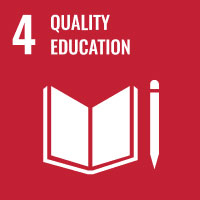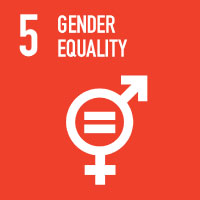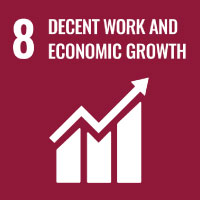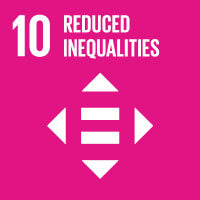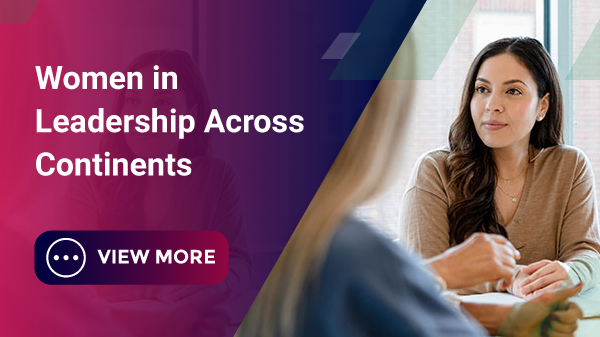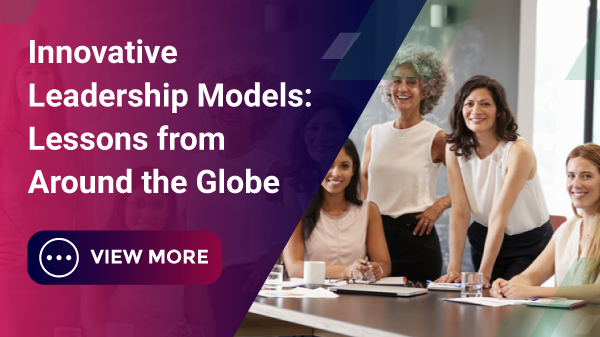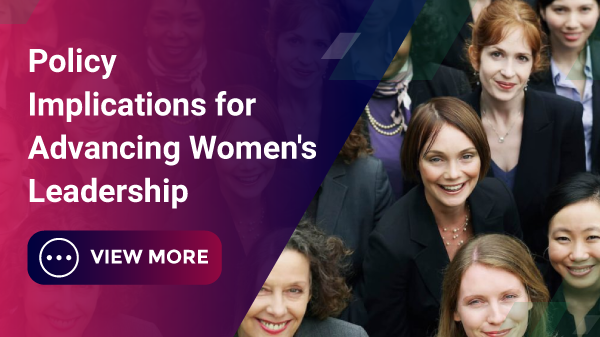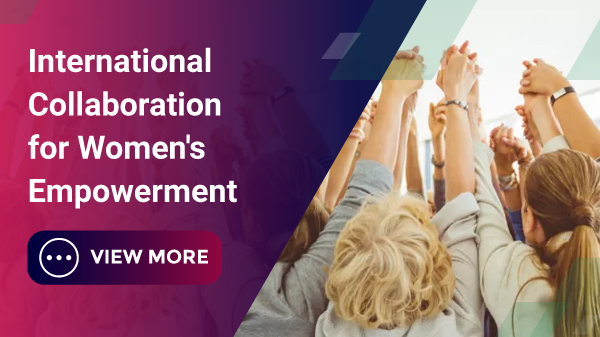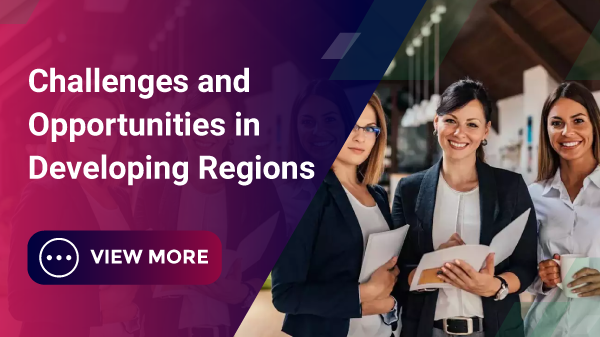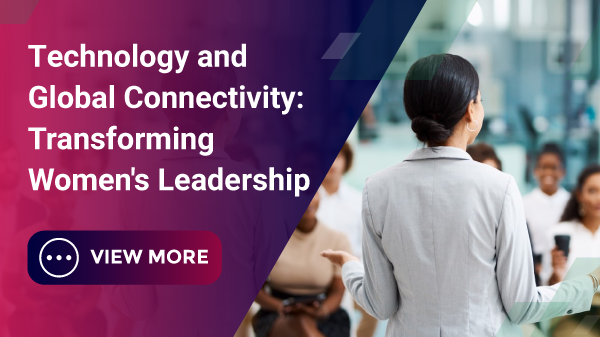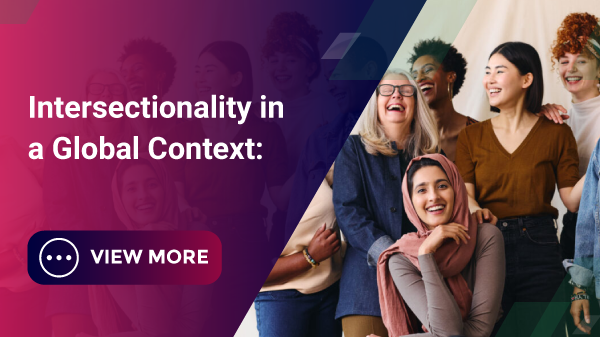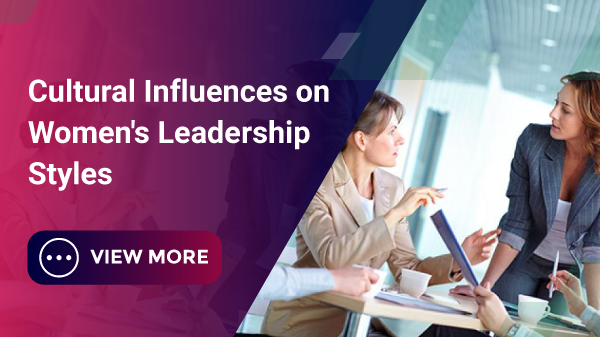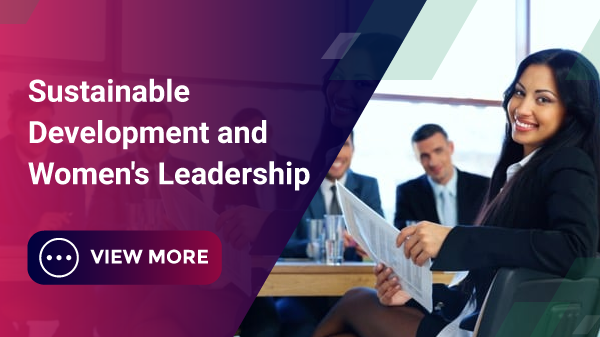Media Representation and
Intersectionality in Leadership
Session Overview
The forthcoming International Conference on Women, Gender, and Leadership: Redefining the Power Paradigm-2025 is designed to serve as a premier platform for esteemed Research Experts worldwide. Attendees can anticipate unparalleled opportunities to network, gain invaluable insights, showcase their hidden potential, present significant research findings, and receive due credit and recognition for their diligent work. With an overarching theme centred on preparing for a sustainable future, the conference aims to pave the way for a healthier and brighter tomorrow for generations to come.
Prepare to immerse yourself in an unparalleled research journey, where you'll collaborate with esteemed experts from around the world. Together, we'll chart a path towards success, reshaping the future and redefining the essence of scholarly excellence. Join us on 25th and 26th September For Women,Gender, and Leadership: Redefining the Power Paradigm. We extend a warm invitation for submissions of full papers and abstracts across various sessions, covering a diverse array of topics surrounding gender issues, and leadership.
Objective:
Examine the intersection of media representation and intersectionality in leadership, aiming to dissect and reshape narratives for more inclusive and diverse portrayals of leaders.
Theme
"Breaking Barriers: Unveiling Media Representation and Intersectionality in Diverse Leadership Narratives"
This session seeks to unravel the intricate relationship between media representation and the intersectionality of leaders. By exploring how different dimensions of identity are portrayed in the media, the objective is to critically analyze existing narratives and identify gaps. The session aims to discuss strategies to enhance media representation, ensuring a more accurate and inclusive reflection of diverse leaders. The focus on intersectionality acknowledges the interconnectedness of various identity factors, fostering a nuanced understanding of leadership.
Media Representation and Intersectionality
in Leadership is
contribution to
The
Sustainable
Development Goals:
Goal 4: Quality Education
Goal 5: Gender Equality
Goal 8: Decent Work and Economic Growth
Goal 10: Reduced InEqualities
Who Can Join
Tracks
Topics of Interest for Submission include, but are not limited to:
1 Content Analysis of Leadership Portrayals
2 Intersectional Frameworks in Media Studies
3 Media Influence on Public Perception of Leadership
4 Case Studies on Inclusive Media Campaigns
5 Media Literacy Programs for Intersectionality
6 Collaborative Initiatives between Media and Leadership Scholars
7 Storytelling Strategies for Diverse Leadership Narratives
8 Representation and Impact on Career Aspirations
9 Global Comparative Studies on Media Representations
10 Policy Advocacy for Inclusive Media Practices
Outcomes:
- In a thought-provoking conference session on "Media Representation and Intersectionality in Leadership," attendees are immersed in an exploration of how media shapes and reflects notions of leadership through an intersectional lens. The session kicks off with a deep dive into content analysis of leadership portrayals, uncovering patterns and biases in how various identities are represented in the media. Through rigorous examination of media content, researchers and practitioners gain valuable insights into the intersectional dynamics at play in shaping public perceptions of leadership.
- As the discussion evolves, participants delve into the concept of intersectional frameworks in media studies, examining how factors such as race, gender, sexuality, and class intersect to influence representations of leadership. By applying intersectional lenses to media analysis, attendees gain a more nuanced understanding of how power structures and identities intersect in shaping media narratives. This critical perspective informs strategies for creating more inclusive and representative media content that reflects the diversity of leadership experiences and identities.
- The session concludes with a focus on the impact of media on public perception of leadership and strategies for fostering inclusivity and diversity in media representation. From case studies on inclusive media campaigns to media literacy programs for intersectionality, attendees explore actionable approaches to challenging stereotypes and promoting more equitable representations of leadership. By forging collaborative initiatives between media and leadership scholars and advocating for policy changes, participants leave the session empowered to drive meaningful change in media practices and advance intersectional perspectives in leadership representation.
Scope & Benefits of Attending 'Women' and 'Gender' conference
Discover the transformative potential of 'Women' and 'Gender' with a focus on sustainable innovation and technology-driven solutions to address pressing environmental challenges. Learn,

Benefits of Attending 'Women' and 'Gender'
- Resource Efficiency and Infrastructure Resilience: Learn about strategies to optimise resource use and enhance the resilience of critical infrastructure.
- Sustainable Energy and Environmental Conservation: Dive into discussions on renewable energy sources, biodiversity preservation, and effective environmental conservation practices.
- Innovation for Sustainable Development: Engage in sessions promoting innovation, environmental awareness, and the adoption of eco-friendly practices.
- Responsible Business Practices: Gain insights into fostering sustainability through ethical financial strategies, transparent corporate operations, and responsible business practices.
- Inclusive Decision-Making for Sustainability: Understand the role of human behaviour, societal values, and cultural perspectives in driving inclusive decision-making processes for sustainable development.
Author Guidelines
Guidelines for Abstract Submission:
- Language: Abstracts must be written in English.
- Length: Limited to one paragraph with 200-250 words.
- Format: Submit in MS Word (.doc or .docx) document format.
- Content: Abstracts should provide an informative summary of the original work. Include a brief biography with your abstract, following the example provided in the template.
- Formatting: Center-align the Title, Author's Names, and Affiliations. Underline the presenting author's name.
- Submission: Please submit your abstract through the designated submission portal.
- Acknowledgment: Upon abstract submission, you will receive an acknowledgment email within three working days.
Evaluation Process

Guidelines for Full Paper Submission
If your abstract has been accepted and the registration fee for 'Women' and 'Gender' has been paid, you are invited to submit the full paper. Please adhere to the following guidelines for the submission:

- Total number of pages: 6-8 in double-column format
- Language: English (checked for grammar and language errors)
- Tables, figures, and images should be properly named and of high quality.
- Keywords should be written in lowercase letters (except for names/scientific names) and separated by commas.
- Affiliation names, including the country, must be provided.
- Each paper should be structured into the following sections:
- Background, Motivation, and Objective
- Statement of Contribution/Methods
- Results, Discussions, and Conclusions
Once your full paper is prepared according to the above instructions, please proceed to submit it through the provided link. Submit your Full paper Here.


